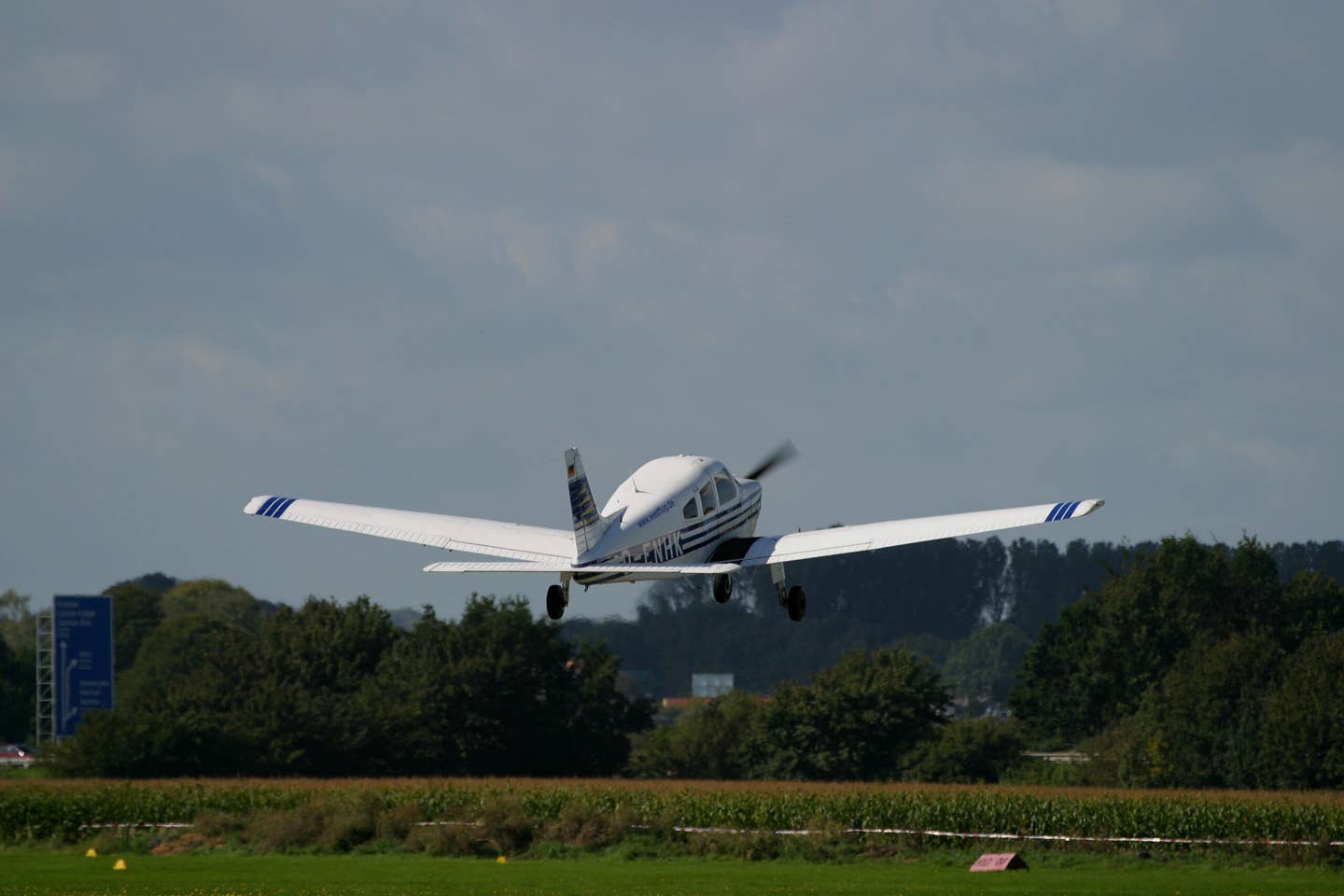Do I Have Enough Airspeed for Takeoff?
There’s a lot you need to know to prep for a safe takeoff, and performance charts can tell you what you need to know.

When it comes to lifting off, the laws of physics are strictly enforced. [File Photo: Adobe Stock]
Q: When lifting off in an airplane, how do you know when you have enough airspeed, considering the amount of runway remaining?
A: The laws of physics are strictly enforced: When there is sufficient airflow over the wings, an aircraft will take off—whether or not there is sufficient runway remaining depends on the pilot's planning for the performance of the aircraft using FAA-approved sources, specifically the performance charts in the aircraft's pilot’s operating handbook (POH) or airplane flight manual (AFM).
With airplanes, the pilot needs to know not only liftoff speed and proper climbout speed, but also the ground roll distance and the distance required to clear a 50-foot obstacle at the end of the runway. This information is found on the aircraft's performance charts created by the aircraft manufacturer.
The recommended liftoff speed—along with the runway distance required for specific conditions, such as field elevation or density altitude, aircraft weight, wind, and runway surface—is listed on performance charts. The charts show the distance required for the takeoff roll and the distance needed to clear that 50-foot obstacle.
The charts also show the speed the pilot should use—either Vx for best angle of climb to clear obstacles at the end of the runway, or Vy, the best rate of climb to gain the most distance in the shortest amount of time.
They also have notes on how the pilot should adjust their calculations to adjust for the aircraft's weight, wind, air temperature, takeoff surface, and field elevation. Note the fine print on aircraft configuration: it may indicate the pilot should deploy partial flaps or use a particular power setting.
The liftoff speed (Vlof) for the airplane is published in the POH/AFM under the V (for velocity) speeds. If the airplane is operating within weight limitations, when it reaches this airspeed, the airplane should be able to take off.
On days when a higher density altitude is present—because of high temperature, high humidity, and/or high field elevation—the aircraft engine performs as though it is operating at a higher altitude, so it takes longer to accelerate to reach the indicated Vlof, which means more runway is used.
The length of the runway can be found on the VFR sectional and on signs at the airport.
It is up to the pilot to determine the length of the runway and if, by referring to the metrics in the POH or AFM, the aircraft will have sufficient distance.
The surface of the runway also makes a difference—expect a longer takeoff roll on grass runways because they lack the traction of hard surfaced runways.
A pilot should determine their needed distance for takeoff before every flight.
Pro-tip: The metrics in the POH and AFM are based on a new airplane with a test pilot at the controls. It's a good idea to give yourself a little extra distance of about 500 feet to be safe.

Sign-up for newsletters & special offers!
Get the latest FLYING stories & special offers delivered directly to your inbox






